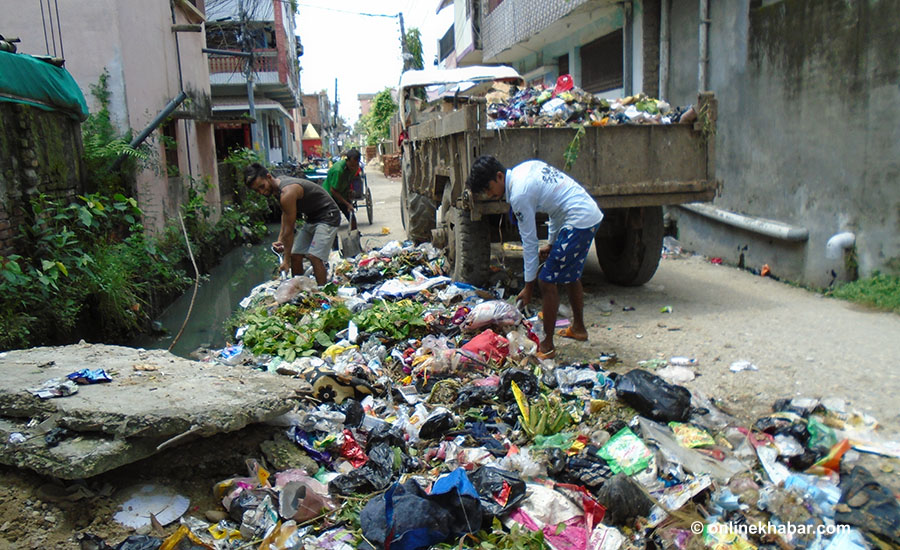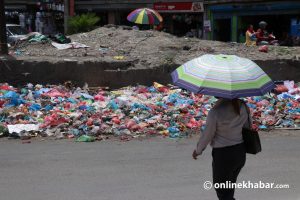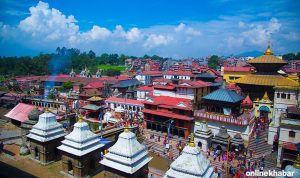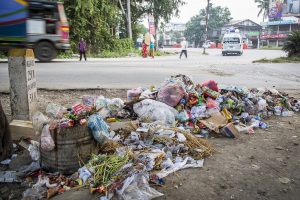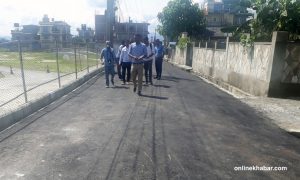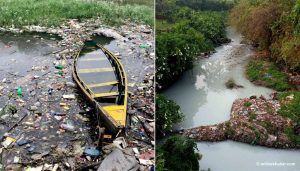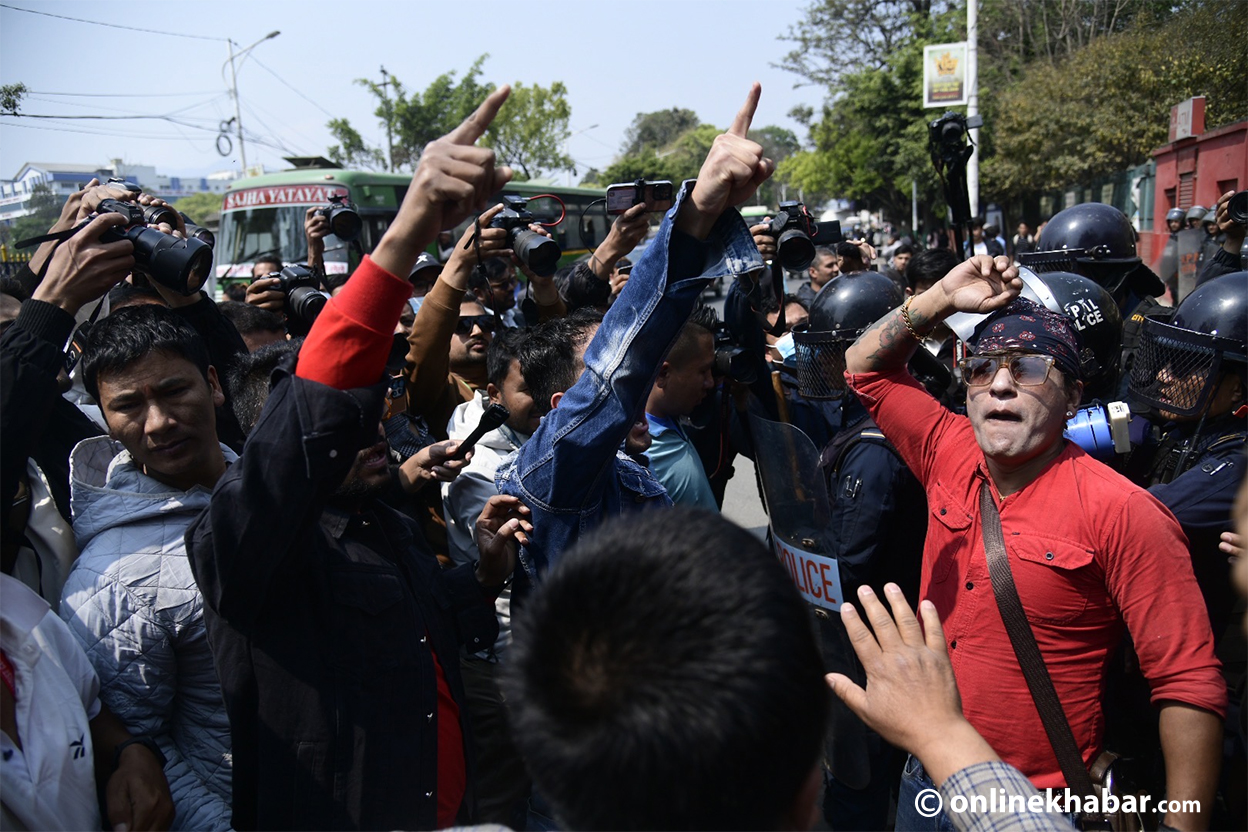For the past few weeks, residents of the Kathmandu valley have been complaining about waste piling up on the roads as the city frequently faces hurdles in waste management here. You might think that Nepal’s capital is such an irony where the country overall is beautiful. But, no! Major cities across Nepal have been facing waste management problems for a long time. This problem is even bigger in Terai, the southern belt of Nepal bordering India.
The responsibility of waste management has been given to the local governments. But, almost all local governments have not been able to manage waste resulting in stinking cities in most parts of Nepal. In Terai, even villages in rural municipalities are facing this issue.
Perennial problem
The waste management problem is plaguing the Terai cities for decades; some of them are notorious for being dirty. It is just that the problem is growing up recently.
Take the Gaur municipality in Rautahat for example. Three tractors go around the city every day to collect waste. But, the city does not have a proper place to dispose of the rubbish it collects. Currently, the city is disposing of waste on the Sirsia road near Barpul.
Ajaya Gupta, the city’s mayor, says the city government is compelled to do so as it does not have public land to dispose of the waste.
“The municipality doesn’t have land. We want to purchase land, but it’s too expensive,” says Gupta, adding there is nothing it can do as it can’t build a landfill site in the sky.
He says the city government is looking at land and has set aside around Rs 10 million to buy land for landfill sites to dispose of the waste.
A similar issue is plaguing Malangawa in Sarlahi. Like Gaur, Malangawa also does not have a landfill site. Due to that, the municipality is dumping waste collected from market areas at a pond. It also burns waste that can be burnt and the rest is dumped into the pond.
Nisaral Sah, the mayor of Malangawa, says it is planning to buy around 1.7 acres of land to dump waste, but that wish has not materialised yet.
Federalism’s fault
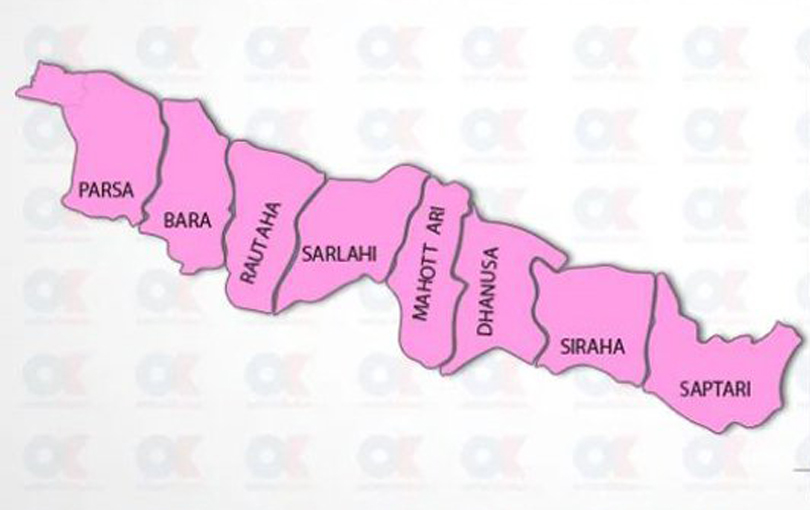
After the country adopted federalism, many village development committees were merged to make municipalities. As these areas became municipalities, they started to get urbanised. People from villages started to come to settle in these municipalities increasing the population. Thus started the waste management problem.
The problem could have been avoided if they paid attention to municipalities that were already facing this issue.
While old municipalities in Terai have tried to manage waste through landfills, new ones have not even paid attention to it. Many municipalities neither have a waste management division nor do they have a waste processing centre. One such municipality is Parsa’s Parsagadhi municipality which does not even have a plan to manage waste.
Spread across 100 square kilometres, the municipality collects waste on a weekly basis. Mayor of the municipality Lok Narayan Yadav agrees that the city has not been able to manage waste in the area.
“We are planning to build a waste management centre and have set aside a budget, but sadly work hasn’t started yet,” says Yadav.
Next to Parsagadi is Bahudarmai municipality which also is in a similar state. The Planning Divison looks after the cleanliness of the municipality. There is no plan to manage waste and it also does not have a space to dump waste.
There was no plan because officials from the municipality did not think that the city would generate much waste. But with time, the municipality got crowded and started to produce a lot of waste.
“Only the market areas of the city produce waste. We are looking at what we can do to manage that. Right now, we are looking to try and built a waste management centre. Till then, we dump it near the river,” says acting administration office Bidur Upreti.
Frequent failures
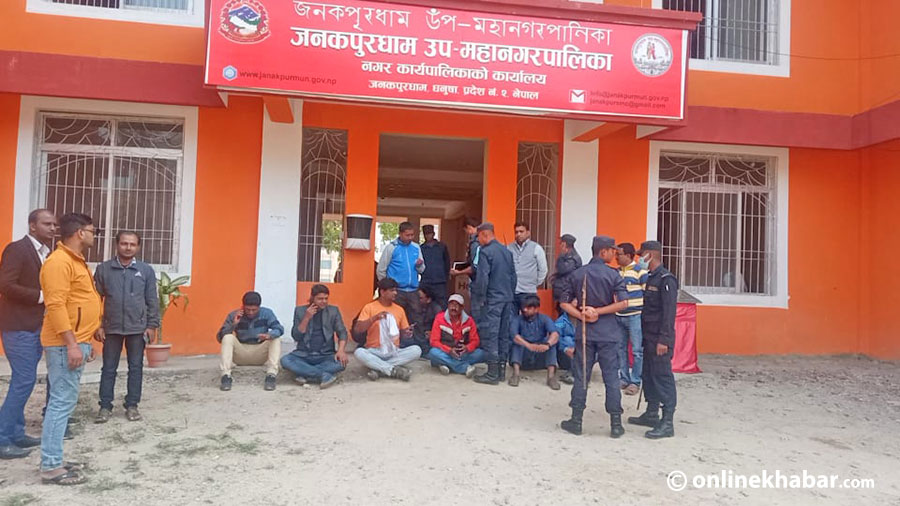
There are also examples where even when money is being spent, not much work is being done. Janakpur sub-metropolitan city hires 106 people to manage waste. It also has six tractors, two containers, four tippers, four small vans, and one broomer. Despite this, the city is rarely clean.
Like most cities, Janakpur does not have a proper landfill site. It has been talking about waste management for a long time, but things have not moved forward. Janakpur chief administrative officer Pradyumna Prasad Upadhayay says the city government has not been able to find land for this.
He says the city also does not have the funds for this because it spends most of the budget on people’s salaries and maintenance of vehicles used for cleaning. Apart from budget, the people working in the cleanliness sector also lack the know-how of waste management, say officials at Janakpur sub-metropolitan city.
For efficient efforts
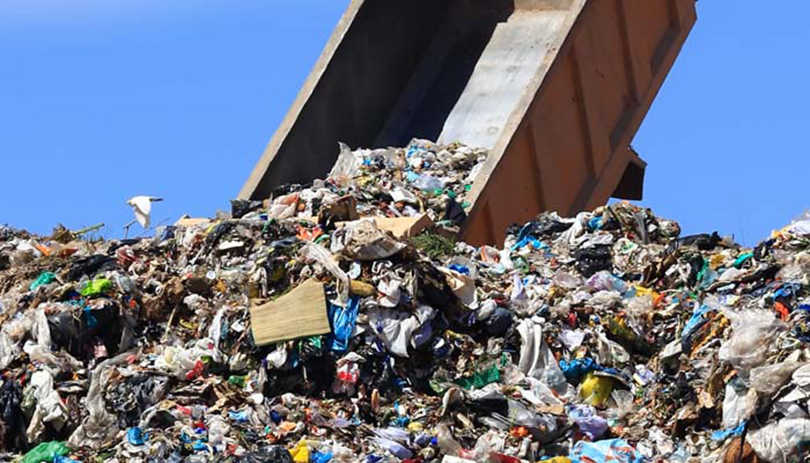
According to a study done by the Ministry of Federal Affairs and General Administration, 73 per cent of local units in the country do not have a landfill site to dump waste. Most of these local units do not even have a division dedicated to cleanliness.
Instead, some have started to collaborate with the private sector to manage waste, using the private-public partnership (PPP) model. Through this, people are asked to pay a certain monthly fee, after which personnel will come and collect waste from their respective neighbourhoods. This has helped some local units manage waste.
But, in the long term, this is not sustainable. Experts suggest that an awareness campaign must be launched to teach people how to manage waste at home.
They argue that people should be taught to separate waste. They say the municipality should focus on making people aware of how they can do this rather than spending millions on waste management plants.
“They buy these machines, but no one knows how to operate them well. We need a long-term plan to manage this,” says waste management expert Santosh Shrestha.
He says people can segregate degradable waste from non-degradable waste.
“If everyone does this, half our problem is solved,” says Shrestha.
This story was translated from the Nepali version and edited for clarity and length.



